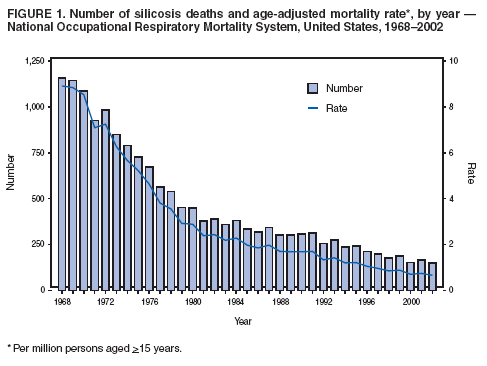Is the Administration Trying to Regulate Hydraulic Fracturing Through OSHA?
The federal rulemaking process depends on sound science, especially when human lives are at stake. A proposed rule from the Occupational Safety and Health Administration (OSHA) would stiffen regulations for crystalline silica, a group of minerals used in numerous industries, including hydraulic fracturing. Prolonged exposure to respirable crystalline silica is associated with silicosis, an incurable disease that causes impaired respiratory function and scarring of the lungs. Unfortunately, OSHA’s proposed rule fails the sound science test.
OSHA’s rule relies on outdated data and ignores declines in silicosis mortality rates, according to Susan Dudley and Andrew Morriss of The George Washington University Regulatory Studies Center. Moreover, the rule would impose enormous costs on American manufacturers, including oil and gas companies involved in hydraulic fracturing. As Dudley and Morriss explain in a public interest comment submitted to OSHA:
OSHA faces multiple challenges in devising a regulatory approach that will meet its statutory goal of reducing significant risk. However, the greatest challenge to reducing risks associated with silica exposure is not lack of will (on the part of employers or employees) but rather lack of information. Unfortunately, OSHA’s proposed rule contributes little in the way of new information, particularly since it is largely based on information that is at least a decade old, which is significant given the rapidly changing conditions observed between 1981 and 2004. [Emphasis added]
In addition to using old data, OSHA “does not recognize or attempt to explain the decline in silicosis mortality” over the last three decades, according to Dudley and Morriss. As the following chart from the Centers for Disease Control shows, silicosis deaths dropped 93 percent between 1968 and 2002.
By ignoring the precipitous decline in silicosis mortality, OSHA “misses opportunities to identify and encourage successful risk-reducing practices,” according to Dudley and Morriss. In other words, OSHA’s incomplete analysis has the potential to hurt the very workers it is designed to protect.
Dudley and Morriss also find that OSHA’s flawed approach is “certain to overstate the risk-reduction benefits attributable to the rule,” adding that “OSHA’s estimated benefits (of the stricter standards) are less than what would be projected if past trends were simply to continue.” The problem, of course, is that it is impossible to properly assess costs and benefits without recent data.
OSHA’s proposed rule represents the Obama administration’s latest attempt to undermine America’s shale energy renaissance, which would not be possible without hydraulic fracturing. By OSHA’s own calculations, the proposed rule would impose as much as $658 million in annual compliance costs, with the hydraulic fracturing industry incurring annual costs of up to $28.6 million.
OSHA has a statutory obligation to protect workers. But regulations, particularly those designed to protect human health, should be based on sound science and thorough analysis. OSHA fails on both counts, relying on outdated data and failing to discuss declining silicosis mortality rates. OSHA’s proposed rule not only threatens to undermine hydraulic fracturing operations responsible for America’s domestic energy boom, but it is also a disservice to the workers that OSHA is obligated to protect.
IER Policy Associate Alex Fitzsimmons authored this post.


